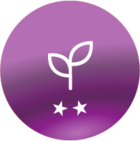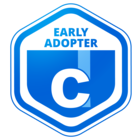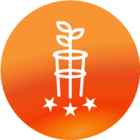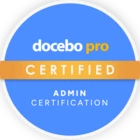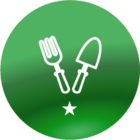@shenry ah I understand. Thank you for clarifying! You have a lot of flexibility when it comes to dimensions for images and widgets on pages. I’ve shared a few thoughts/recommendations below.
Widget Heights
As a general rule of thumb, I recommend staying under a maximum height of 300px for full-width banners at the top of the page. This ensures that you don’t push any important content below the fold. That rule of thumb can apply to any widget, really.
Some widgets like the custom content box widget allow you to define a minimum height of the widget, which ensures the widget never scales below a certain height. This helps ensure you don’t lose important information in the widget or risk having your page designs look “wonky” when viewed on certain screens.
Widget Widths
Widgets on pages can be split in up to 3 columns. See below for the maximum widget widths based on the configuration you set per row in your page designs. You can find more information about this in the image section of the List of Widgets for Custom Widget Pages knowledge article.
Widget widths are:
- 444px for 1/3 row widgets
- 680px 1/2 row widgets
- 917px for 2/3 row widgets
- 1390px for full row widgets
Pro Tip
If you use a Mac, you can use the screenshot tool to measure pixels on screen to help you design pages. I’m not a Windows user, but it looks like there might be similar tools you can install on Windows.
Page design is sometimes more of an art than a science. With that said, it’s always helpful to know the parameters you’re working within. I hope this information helps! Please let me know if you have any other questions. In the meantime, I recommend scrolling through some of the threads I’ve shared below for more design inspiration. I’m sure the community members in these threads would be willing to give you more help and info.

